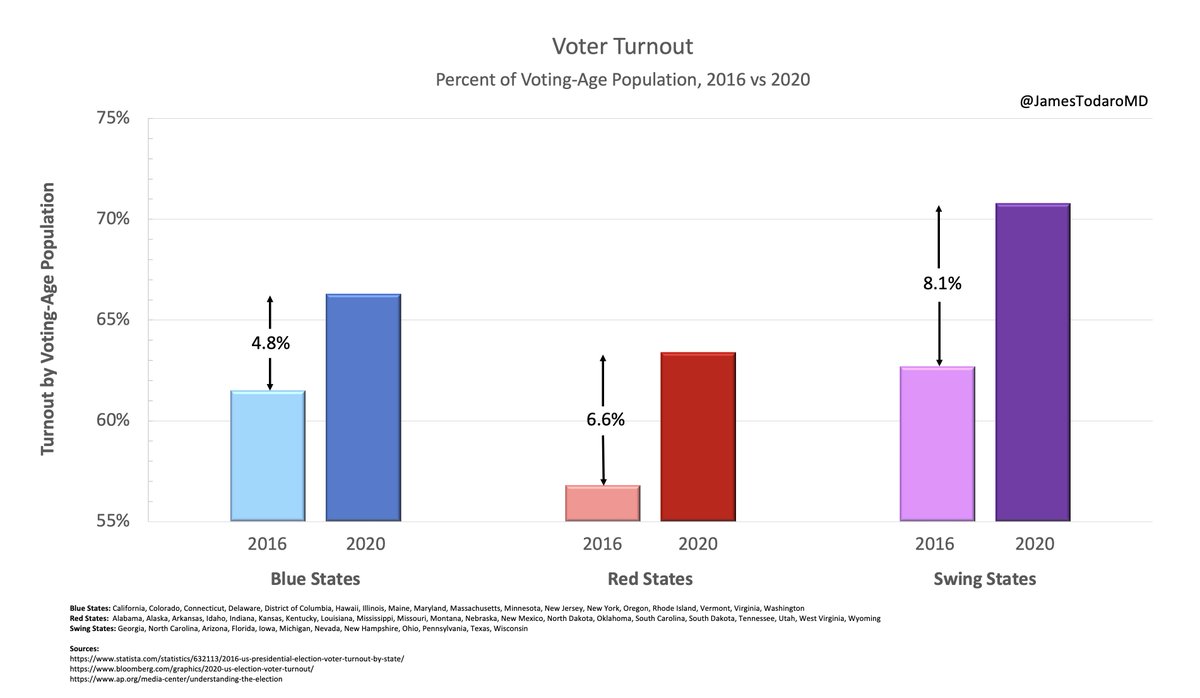1/ An unknown side effect of lengthy lockdowns may be decreased crossover immunity to COVID-19.
Research on SARS-CoV-1 suggests that lack of exposure to the common cold coronaviruses could actually worsen morbidity and mortality in those who do eventually get COVID-19.
Research on SARS-CoV-1 suggests that lack of exposure to the common cold coronaviruses could actually worsen morbidity and mortality in those who do eventually get COVID-19.
2/ Researchers infected mice with a general mouse coronavirus and then 2 days later infected those same mice w/ SARS-CoV-1.
They compared the mortality of these mice vs those infected with SARS-CoV-1 who were not first "primed" w/ a general coronavirus.
ncbi.nlm.nih.gov/pmc/articles/P…
They compared the mortality of these mice vs those infected with SARS-CoV-1 who were not first "primed" w/ a general coronavirus.
ncbi.nlm.nih.gov/pmc/articles/P…
3/ The difference in mortality was astounding.
100% of the mice infected with the general coronavirus first, then with SARS-CoV-1 survived (black circles at top).
Whereas 0% of the mice infected w/ only SARS-CoV-1 survived (black boxes).
(Significant difference with P<0.0001)
100% of the mice infected with the general coronavirus first, then with SARS-CoV-1 survived (black circles at top).
Whereas 0% of the mice infected w/ only SARS-CoV-1 survived (black boxes).
(Significant difference with P<0.0001)

4/ The authors conclude:
"In summary, we demonstrate that nasal exposure to coronavirus remotely primes lung immunity in the absence of direct lung infection, and that such priming provides effective protection against subsequent lethal viral infection in the lungs."
"In summary, we demonstrate that nasal exposure to coronavirus remotely primes lung immunity in the absence of direct lung infection, and that such priming provides effective protection against subsequent lethal viral infection in the lungs."

5/ If lockdowns and social distancing are indeed decreasing the spread of common cold coronaviruses, our immune systems may be losing their "priming" over time.
This may actually result in increased morbidity/mortality from COVID-19 down the road.
This may actually result in increased morbidity/mortality from COVID-19 down the road.
• • •
Missing some Tweet in this thread? You can try to
force a refresh









